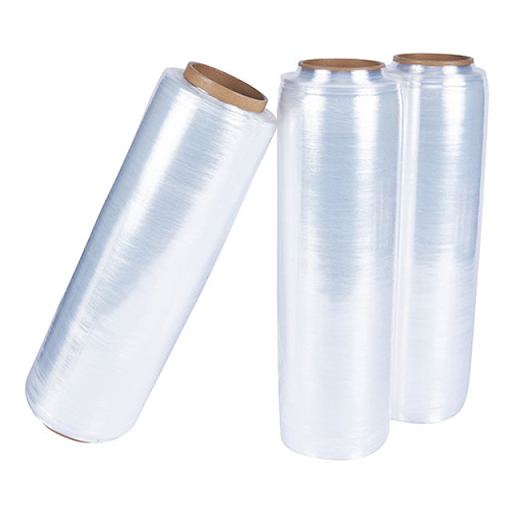If you have ever marveled at how neatly and securely goods are bundled together in warehouses and wondered about the magic behind it, the answer, more often than not, lies in the unassuming yet incredibly versatile world of stretch wrap. Far from being just a sticky film, stretch wrap is a cornerstone of modern industrial packaging, and that is hardly an overstatement. This silent workhorse offers a variety of types and applications, ensuring stability, protection, and efficiency across countless industries.
However, to tap into the potential of this essential packaging material fully, you should be equipped with an understanding of the nuances of stretch wrap. So, let’s explore the different forms it takes and the diverse ways it’s employed to keep our goods safe and sound for your business.
Types of Stretch Wrap: Choosing the Right Option
The different types of stretch rolls used in industrial packaging can be categorized in several ways. Here’s a breakdown of the common classifications:
- By application method:
- Hand stretch wrap: this typically comes in smaller rolls and lighter gauges for easier handling. Designed for manual applications, this type of stretch wraps are often used for lower-volume packaging or irregular shapes.
- Machine stretch wrap: These rolls are larger and often provide tighter tolerances, as they are engineered for use with stretch wrapping machines. No wonder machine stretch films can withstand the tension applied by the machinery.
- Pre–stretched film: This type of stretch wrap requires less force to apply and reduces film consumption. Available for both hand and machine use, pre-stretched films are energy-efficient.
- By manufacturing process:
- Cast stretch wrap: the manufacturing of this type of stretch wrap involves first melting plastic and then extruding it through a flat die onto cooling rollers. The stretch film wrap that emerges from this process not only offers good stretching capabilities but also excellent clarity and gloss.
- Blown stretch wrap: This is made by melting plastic pellets and extruding them through a circular die to form a tube. This tube is inflated with air into a bubble, cooled, flattened, and wound into rolls, Typically, the film has a stronger holding force, and a higher resistance to tear and puncture.
Stretch wrap rolls can also be categorized according to their special properties and features, including colored stretch wrap, vented stretch wrap, anti-static stretch wrap, UV inhibitor stretch wrap, and so on.
How Stretch Wrap is Used: Key Industrial Applications
A versatile and essential material in industrial packaging, stretch wraps optimize load security, minimize product damage, and enhance overall supply chain efficiency. No wonder they have a wide range of applications. Here are a few of them:
- Pallet Unitization: The most common application of stretch wraps is to tightly bind boxes, containers, and other items together on a pallet, creating a stable and secure load. Whether you are transporting through trucks, forklifts, or other equipment, you need not worry about shifting, toppling, or damage.
- Load containment and stability: Stretch wraps apply tension which creates a compressive force, holding the items on a pallet firmly in place. This is hugely helpful in preventing load collapse, especially for irregularly shaped or unstable items.
- Protection from dust, dirt, and moisture: if you want your goods to remain clean and dry during storage or shipment, stretch wraps are an undisputed solution. The continuous stretch film acts as a barrier against environmental contaminants like dust, dirt, and moisture. This holds particularly true for industries like food products, pharmaceuticals, and electronics.
- Product protection during transit: Stretch wraps cushion the contents of a pallet to a considerable extent, minimizing the impact of vibrations and minor shocks during transportation.
- Cold storage applications: Certain types of stretch film rolls are designed to perform well in cold temperatures. The USP of these stretch wraps is that they can maintain their elasticity and strength without becoming brittle; this is essential for packaging frozen or refrigerated goods.
- Securing odd-shaped or bulky items: what gives stretch wraps an edge over rigid packaging is that they can conform to various shapes and sizes. When it comes to securing items that can’t fit into boxes neatly, such as rolls of carpet, lumber, mchinry parts, and furniture, stretch wraps are ideal.
Other applications of stretch wraps include bundling, UV protection, unitzing for retail display, and so on. When procuring these packaging essential from a stretch film supplier, make sure you take the right pick as per your requirement.
incredibly versatile world of stretch wrap. Far from being just a sticky film, stretch wrap is a cornerstone of modern industrial packaging, and that is hardly an overstatement. This silent workhorse offers a variety of types and applications, ensuring stability, protection, and efficiency across countless industries.



